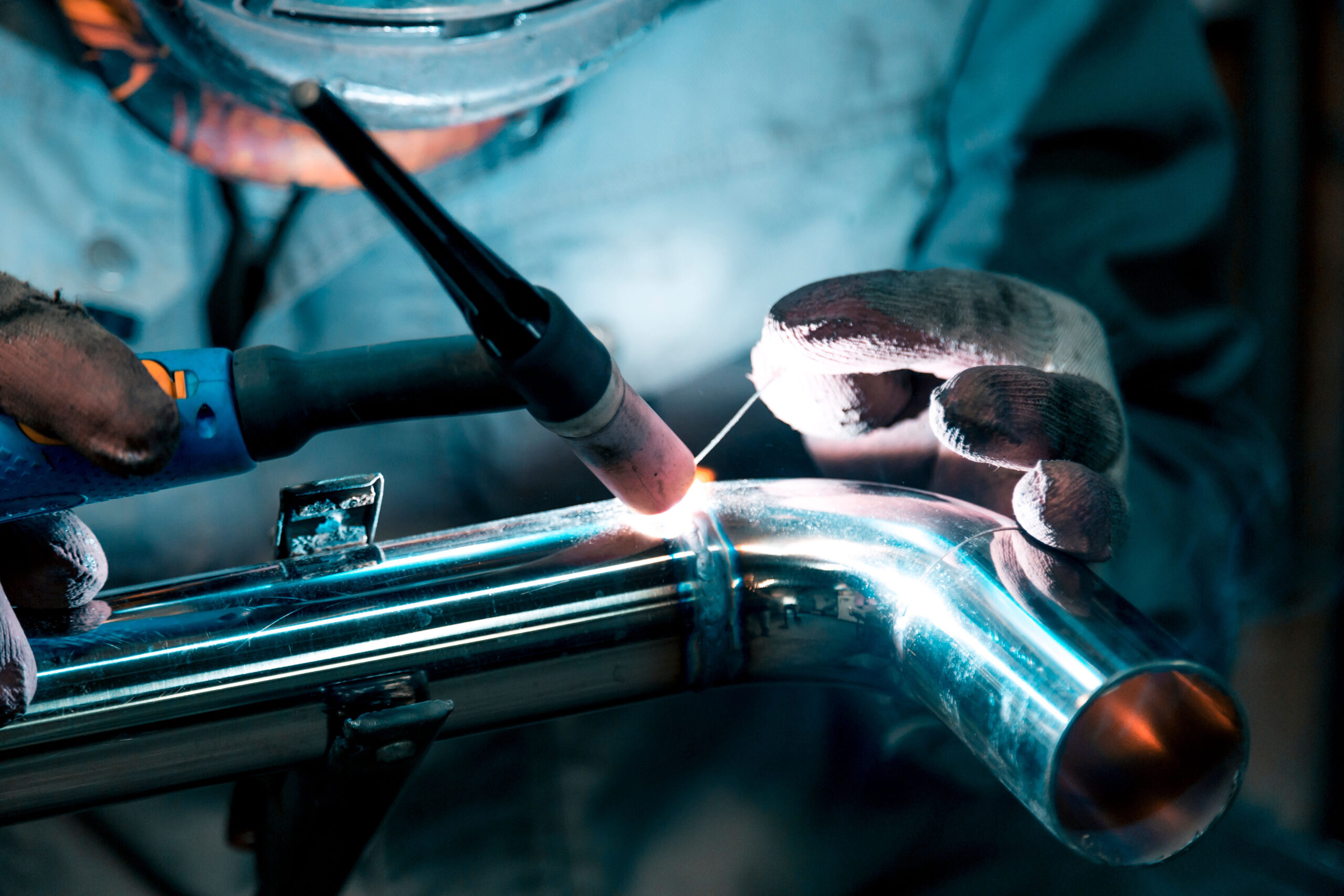Why a Welding WPS is Crucial: Enhancing Consistency and Compliance
Why a Welding WPS is Crucial: Enhancing Consistency and Compliance
Blog Article
Mastering Welding WPS Specifications: Best Practices and Techniques for High Quality Welds
In the world of welding, understanding Welding Procedure Requirements (WPS) requirements is an important component that directly influences the top quality and stability of welds. As we browse via the ins and outs of welding WPS standards, discovering essential understandings and approaches for accomplishing top-tier welds will be critical for welders looking for to excel in their craft and create welds that stand the test of time.
Recognizing Welding WPS Requirements

Examiners rely on WPS documents to verify that welding procedures are being adhered to appropriately and that the resulting welds are of high top quality. Engineers make use of WPS criteria to develop welding treatments that ensure the durability and integrity of welded frameworks.


Important Tools for Top Quality Welds
Grasping welding WPS criteria is necessary for welders to properly use the vital tools needed for generating high quality welds. The type of welding equipment needed depends on the welding procedure being utilized, such as MIG, TIG, or stick welding. Wire brushes and chipping hammers are vital for cleaning up the weld joint prior to and after welding to get rid of any pollutants that could impact the top quality of the weld.
Trick Strategies for Welding Success
To accomplish welding success, one should understand the key techniques necessary for generating high-grade welds. Preserving a secure welding and a constant hand setting throughout the process is vital to accomplishing accuracy and consistency in the welds. By understanding this article these vital methods, welders can raise the top quality of their job and moved here achieve welding success.
Ensuring Compliance With WPS Requirements

In addition, welders should go through training to acquaint themselves with the WPS requirements appropriate to their job. Routine audits and examinations must be conducted to validate that welding tasks line up with the suggested WPS standards. Additionally, keeping in-depth documents of welding criteria, devices calibration, and inspection results is vital for demonstrating compliance with WPS requirements - welding WPS. By faithfully sticking to WPS requirements, welders can guarantee that their job meets the necessary high quality degrees and adds to the total success of the welding job.
Troubleshooting Common Welding Issues
When encountered with typical welding issues, recognizing the origin cause is crucial for effective troubleshooting. One prevalent trouble is the presence of porosity in welds, commonly brought on by impurities such as oil, corrosion, or dampness. To address this, making certain proper cleansing of the base metal before welding and using the right protecting gas can dramatically lower porosity. An additional problem often experienced is absence of blend, where the weld stops working to appropriately bond with the base material. This can originate from inadequate warmth input or incorrect welding technique. Readjusting parameters such as voltage, wire feed speed, or travel speed can assist enhance blend. Furthermore, distortion, splitting, and spatter prevail welding challenges that can be reduced with correct joint prep work, consistent heat control, and selecting the suitable welding consumables. By extensively understanding these typical welding concerns and their source, welders can successfully fix problems and accomplish premium welds.
Verdict
In conclusion, understanding welding WPS standards needs a complete understanding of the standards, making use of essential tools, and implementing crucial techniques Read More Here for effective welds. Making certain conformity with WPS standards is crucial for producing top quality welds and preventing common welding issues. By complying with best strategies and methods, welders can accomplish constant and trusted cause their welding tasks.
In the world of welding, understanding Welding Procedure Specification (WPS) requirements is a vital component that straight affects the high quality and stability of welds.When delving right into the realm of welding practices, an essential facet to comprehend is the value and details of Welding Procedure Spec (WPS) standards. WPS requirements provide a thorough guideline for welding procedures, making sure uniformity, high quality, and security in the welding procedure. The kind of welding machine needed depends on the welding procedure being used, such as MIG, TIG, or stick welding.Achieving welding success via the mastery of vital methods requires a complete understanding and adherence to Welding Procedure Spec (WPS) requirements.
Report this page